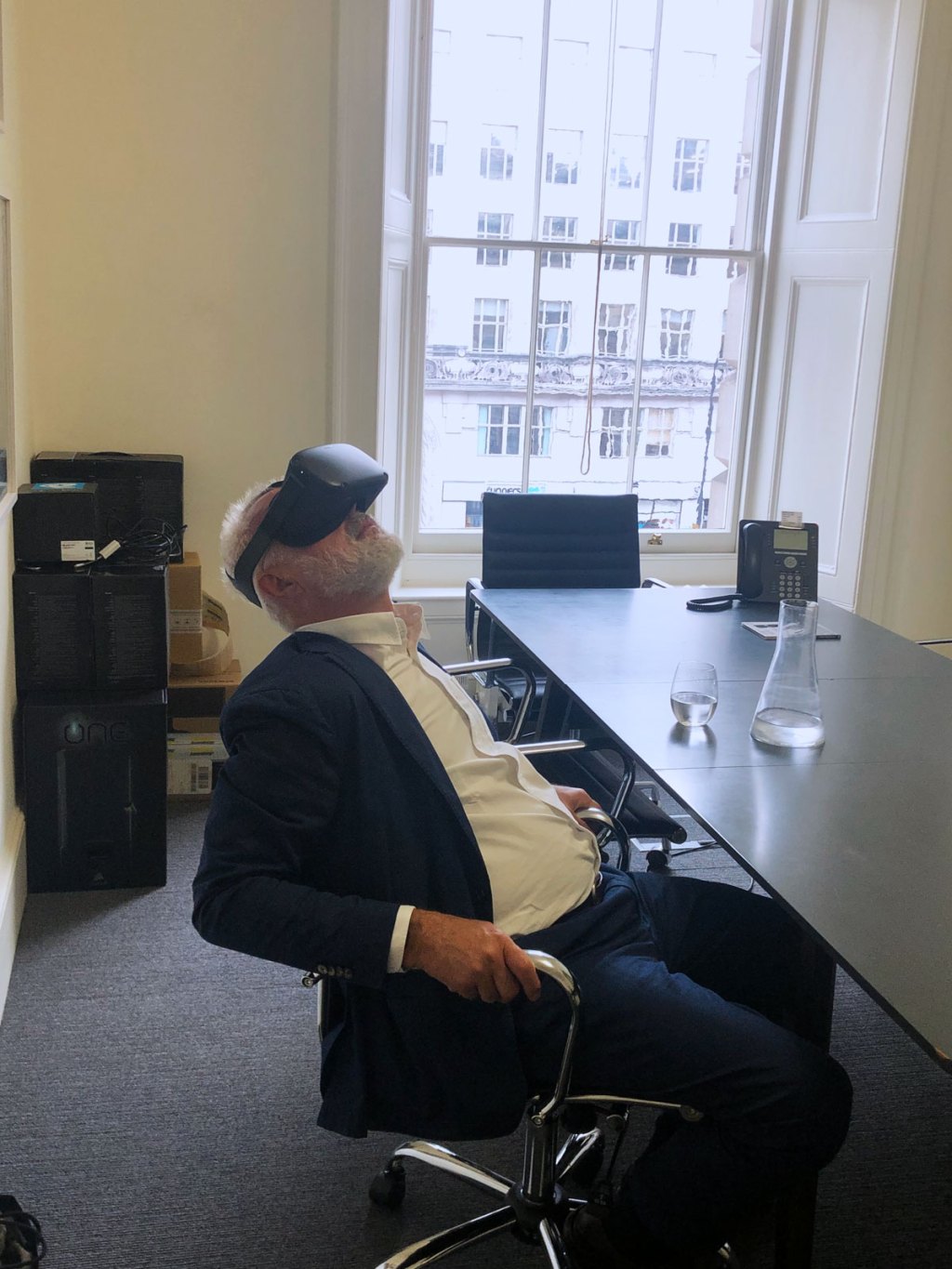[ad_1]
Francesco Bonami, whose curatorial credits include the 2003 Venice Biennale and the 2010 Whitney Biennial, has returned for the eighth edition of his column, “Ask a Curator,” in which he addresses museums reopening, art-world travel, and Gary Garrels’s resignation from SFMOMA. He can be found on Instagram at @thebonamist. If you have queries for him for a future column, please write to [email protected]. —The Editors of ARTnews
These are uncertain times, and now, even as some countries and cities are reopening, the future can be hard to imagine. What kind of art will become of these difficult times?
Maybe the future will look like a better past. Artists will be less obsessed with career’s moves and will dare more, experiment more. An artist that will sell 20 paintings at $20,000 each in a given year will feel good again and not a loser; $200,000 a year is a respectable salary in any given world. The last two decades of the art world were both exhilarating and abnormal. I am not praising the return to a new normal since we have been forced to go back to normality. But I am looking forward to extraordinary normal art. I see the future like an Edward Hopper painting where at the same time nothing happens in the space outside but everything happens inside the mind of the subjects. Or, like Kerry James Marshall’s work Past Times where it says “skill will also work with heart and will.” I am looking forward to art done with the will of the heart and not just with the will of success. I think we need art that fails again.
Amid global Black Lives Matter protests, as well as actions in Hong Kong, many began looking to their favorite revolution-themed artworks. Do you have a favorite artwork in that respect?
Pray to Safety (1997), a sculpture by David Hammons that we acquired in 2000 at the MCA Chicago when I was a curator there, shows two Buddhas kneeling, praying, and facing each other with a string attached to their hands going across each other. In the middle hangs a safety pin. I feel that expresses the broad meaning of safety that the world and societies need today. Not just physical safety but social, economic, and spiritual safety.
U.S. passport holders can travel to only a handful of countries, due to coronavirus-related restrictions. What does an art world without travel between the U.S. and much of the world look like to you? What kinds of changes could this inspire?
Nobody was complaining when China passport holders were not able to travel. Up until 1963, France was the epicenter of the art world, then Pop art came and it was kind of over for the old continent. Maybe the U.S. will stay calm for a little while allowing other realities to bloom and develop. Again the obsessive travel we’ve witnessed in the last 20 years maybe was not normal. Picasso never travelled to the U.S., and, even without the social networks and all the rest, he was able to be Picasso and do amazing works. Do you really need to travel to enjoy art and make art? The Paleolithic cave people did not know what travel was, and they made pretty good art.
Earlier this month, it was reported that Gary Garrels had resigned from his post as senior curator of painting and sculpture at the San Francisco Museum of Modern Art amid Garrels’s comments that, in addition acquiring art by artists of color, the museum would continue to acquire work by white male artists, too. What do you make of the whole situation?
Gary Garrels’ only mistake was to say “reverse discrimination.” You can’t say “reverse discrimination.” That said, Garrels’ track record as a curator is enough proof that he was far from being a white suprematist. I fear we have entered an age of summary executions where people don’t have even the chance of a fair trial. What is puzzling is that SFMOMA’s director Neal Benezra, while praising Garrels’ contribution to the museum, did not stand by him. Since this happened under his watch, I feel Benezra should have stepped down too—or fought for his curator.
At last, museums across the world are beginning to reopen. Have you been to any? What was the experience like? And how do you think institutions will change going forward?
I think small museums with human scale will thrive. The mega museum—the Guggenheim Bilbao phenomenon—is maybe at its end. Big museums will think twice before they embark on building an extension. The pandemic has busted the block so hard that blockbuster exhibitions will take a while before they will be trendy again. I have not been to a museum yet but I went to see one of my favorite paintings, Pontormo’s The Deposition from the Cross, an altarpiece in the small church of Santa Felicita in Florence. The painting is so fresh and contemporary that it’s hard to understand what was going through the mind of an artist who was mostly interested in his own bodily functions. The work is located in a tiny chapel within the church that you almost miss it. Nobody’s around. It is the anti–Mona Lisa. It’s the work of a painter, a person—not a genius. Maybe that’s what we need now: more people, fewer geniuses.
[ad_2]
Source link


